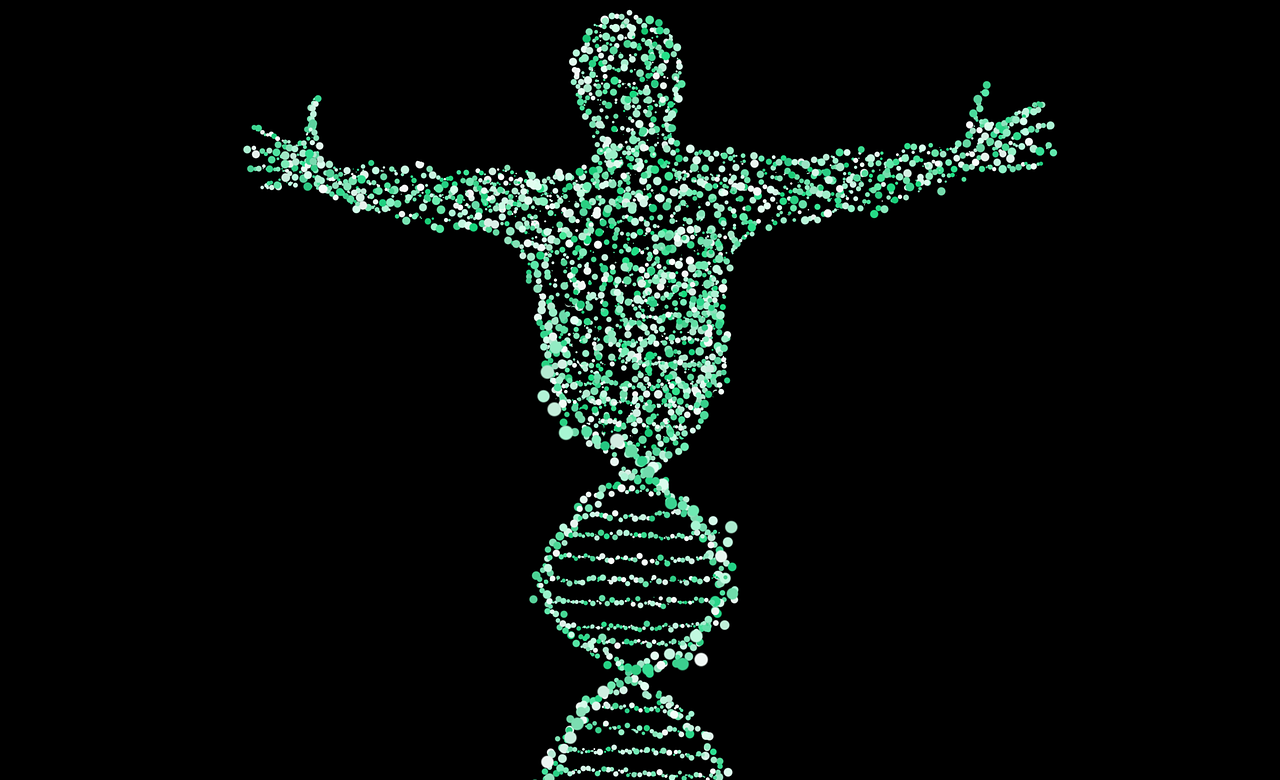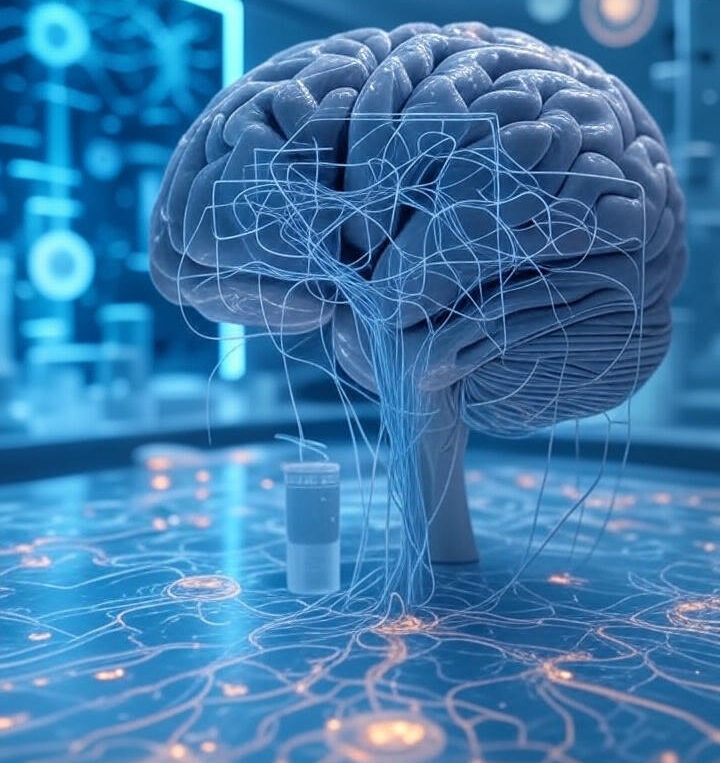Deoxyribonucleic acid (DNA) is the fundamental molecule that carries the genetic instructions for building all living organisms. Often referred to as the “blueprint of life,” DNA encodes the information necessary for the development, functioning, and reproduction of organisms, from the simplest bacteria to complex multicellular beings like humans.
What is DNA?
DNA is a long molecule that contains an organism’s unique genetic code. It holds the instructions for building proteins, which are essential for the body’s structure and function. Found in nearly every cell of an organism, DNA is stored within the nucleus in eukaryotes (organisms with a defined nucleus) and in the cytoplasm of prokaryotes (organisms without a defined nucleus, like bacteria). DNA is passed from generation to generation, ensuring the continuity of hereditary traits.
Key Functions of DNA
- Storage of Genetic Information: DNA serves as a repository for genetic data, encoding the instructions for an organism’s traits.
- Replication: DNA can replicate itself, allowing cells to divide and pass accurate copies of genetic information to daughter cells.
- Gene Expression: DNA directs the synthesis of proteins through processes called transcription and translation, which determine an organism’s characteristics and functions.
- Mutation and Evolution: Changes in DNA sequences, known as mutations, can lead to variations that drive evolution and adaptation.
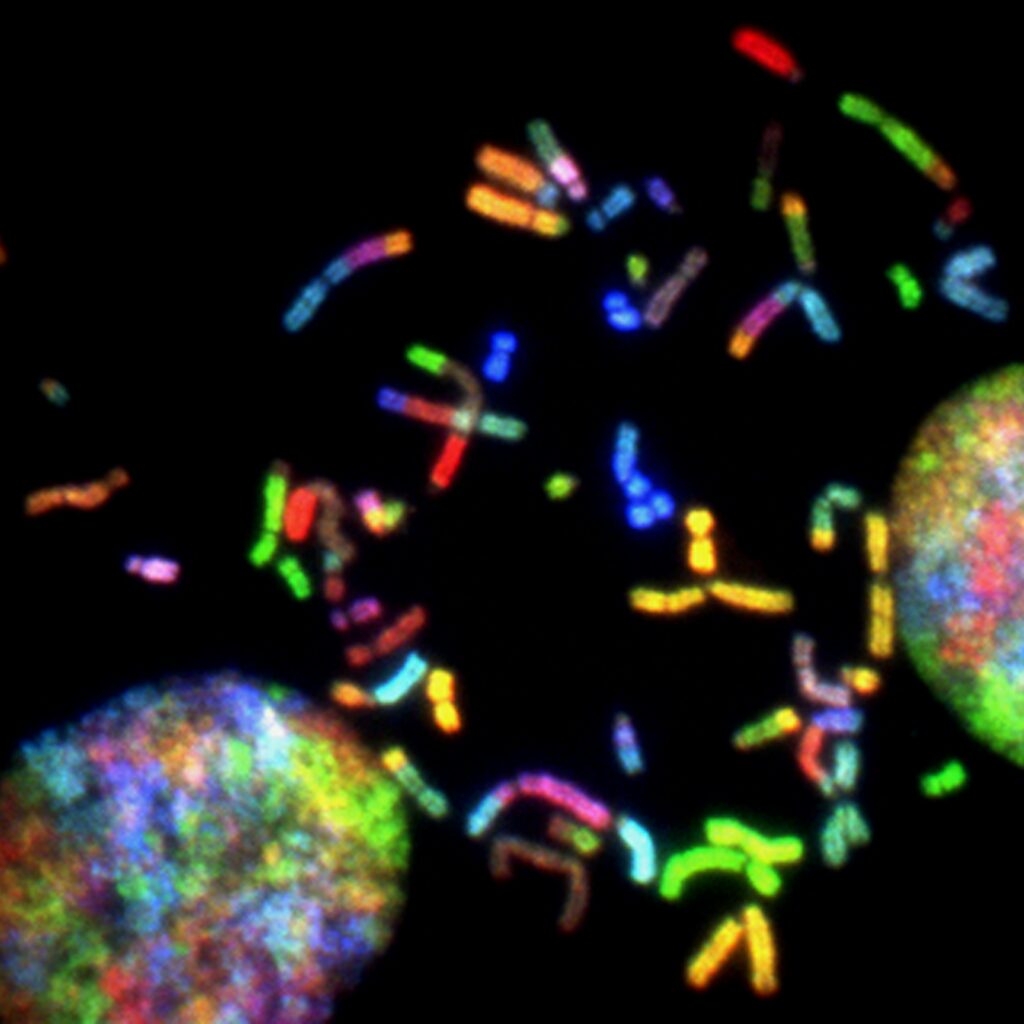
The Structure of DNA
Although DNA was first isolated in 1869 by Friedrich Miescher, its role in heredity was confirmed in 1952 (Hershey-Chase experiment). In 1953, James Watson and Francis Crick, with contributions from Rosalind Franklin and Maurice Wilkins, proposed the double-helix model, revolutionizing genetics.
Molecular Composition
DNA is a polymer made up of repeating units called nucleotides. Each nucleotide consists of three components:
- Sugar Molecule: Deoxyribose, a five-carbon sugar, forms the backbone of the DNA molecule.
- Phosphate Group: Links adjacent sugar molecules, creating a sugar-phosphate backbone that provides structural stability.
- Nitrogenous Base: One of four bases—adenine (A), thymine (T), cytosine (C), or guanine (G)—which encode genetic information through their sequence.
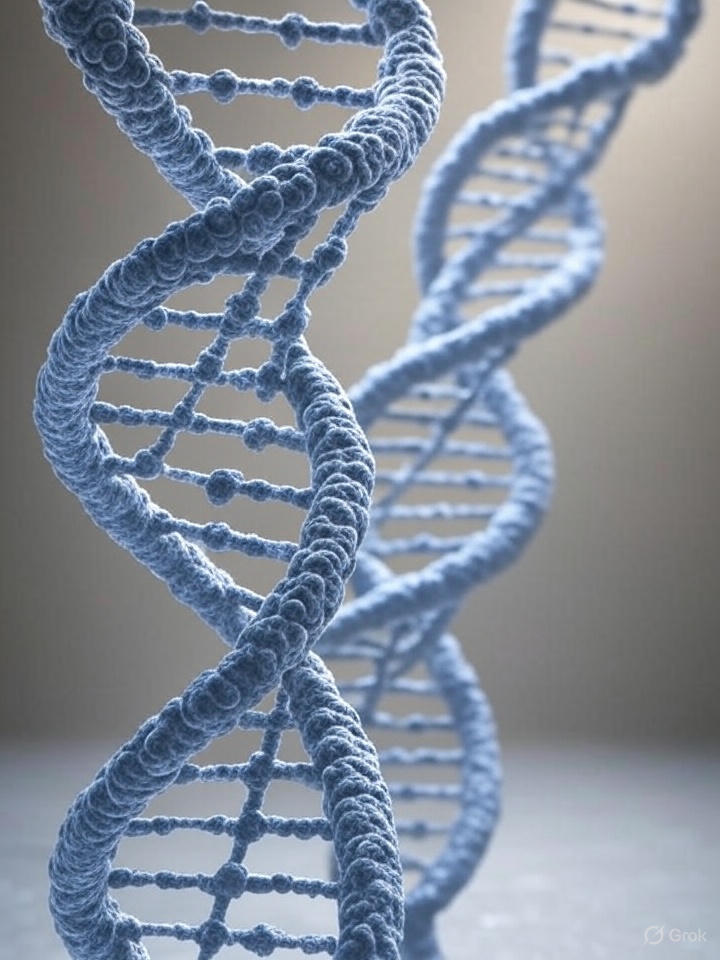
The Double Helix
The DNA molecule consists of two long strands of nucleotides twisted into a double helix. The key features of this structure include:
- Complementary Base Pairing: The nitrogenous bases on opposite strands pair specifically: adenine pairs with thymine (A-T) via two hydrogen bonds, and cytosine pairs with guanine (C-G) via three hydrogen bonds. This base pairing ensures that the two strands are complementary, meaning the sequence of one strand determines the sequence of the other.
- Antiparallel Strands: The two strands run in opposite directions (one strand is oriented 5’ to 3’, and the other is 3’ to 5’), which is crucial for replication and transcription processes.
- Sugar-Phosphate Backbone: The alternating sugar and phosphate groups form the outer “rails” of the ladder, while the base pairs form the “rungs.”
- Major and Minor Grooves: The twisting of the helix creates grooves along the molecule, which serve as binding sites for proteins that regulate DNA functions.
The double helix is stabilized by hydrogen bonds between base pairs and hydrophobic interactions between stacked bases. On average, one complete turn of the helix spans about 10 base pairs and measures approximately 3.4 nanometers in length.
Levels of DNA Organization
In eukaryotic cells, DNA is further organized to fit within the cell nucleus:
- Nucleosomes: DNA wraps around histone proteins to form nucleosomes, resembling beads on a string.
- Chromatin: Nucleosomes coil further into chromatin fibers, which condense into chromosomes during cell division.
- Chromosomes: Humans have 46 chromosomes (23 pairs), each containing a single, long DNA molecule with thousands of genes.
Significance of DNA Structure
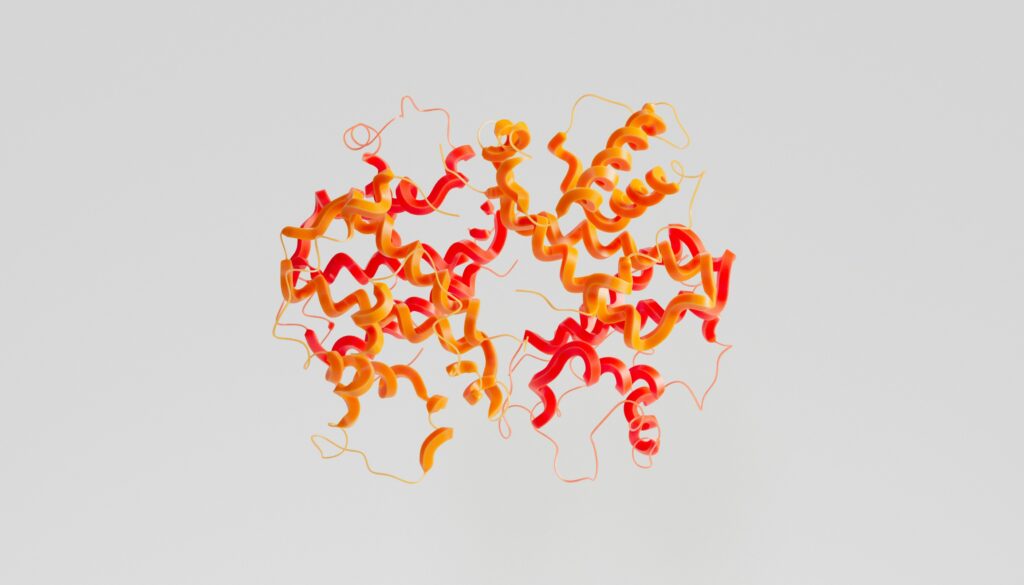
The structure of DNA is intricately tied to its function:
- Replication: The complementary nature of the double helix allows each strand to serve as a template for synthesizing a new strand, ensuring accurate genetic duplication during cell division.
- Gene Expression: The base sequence encodes genes, which are transcribed into messenger RNA (mRNA) and translated into proteins.
- Stability and Protection: The sugar-phosphate backbone and base pairing protect the genetic code from damage, while repair mechanisms correct errors that arise.
DNA is the cornerstone of life, encoding the instructions that define every organism. Its elegant double-helix structure, with complementary base pairing and a robust sugar-phosphate backbone, enables the storage, replication, and expression of genetic information. For researchers, students, and professors, understanding DNA’s structure and function opens doors to exploring life’s complexities, from molecular mechanisms to evolutionary histories.
References (APA Format)
- Watson, J. D., & Crick, F. H. (1953). Molecular structure of nucleic acids. Nature, 171(4356), 737-738.
- Alberts, B., et al. (2022). Molecular Biology of the Cell (7th ed.). Garland Science.












